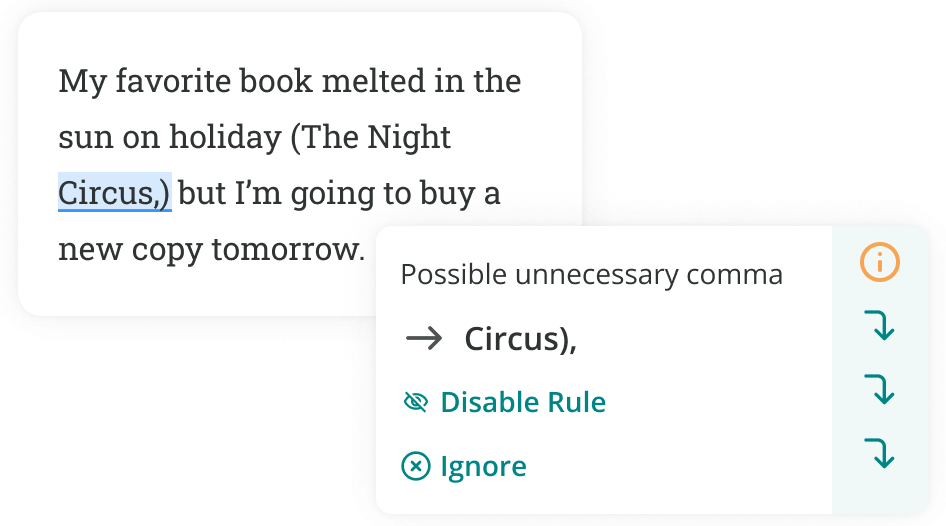Commas are an essential part of punctuation that can help clarify meaning and improve the flow of a sentence. However, knowing when to use a comma before “but” or after “but” can sometimes be confusing for writers. Let’s explore the rules and guidelines for using commas in these situations.
When it comes to using a comma before “but” or after “but,” it all depends on the structure of the sentence and the intended meaning. In general, a comma is used before “but” when it is connecting two independent clauses, while a comma is not typically used after “but” in the middle of a sentence. Let’s delve deeper into this topic to understand it better.
It is important to remember that an independent clause can stand alone as a complete sentence, while a dependent clause cannot. When “but” is used to connect two independent clauses, a comma should be placed before it. For example, “She wanted to go to the party, but she had too much homework to finish.” In this case, the comma before “but” helps to separate the two complete thoughts.
On the other hand, when “but” is used to join two elements within a single clause, such as two verbs or two nouns, a comma is typically not necessary. For instance, “She wanted to go to the party but had too much homework to finish.” In this example, “but” is connecting the two actions within the same clause, so a comma is not needed.
It is also important to consider the flow and rhythm of the sentence when deciding whether to use a comma before or after “but.” Sometimes, adding a comma can help to create a pause for emphasis or clarity. Other times, omitting the comma can make the sentence more concise and direct. It ultimately comes down to the writer’s style and intention.
In conclusion, understanding when to use a comma before “but” or after “but” can enhance the readability and coherence of your writing. By following the rules and guidelines for punctuation, you can communicate your ideas effectively and convey your message with precision. Remember to consider the structure of the sentence and the relationship between clauses when deciding whether to include a comma before or after “but.”
